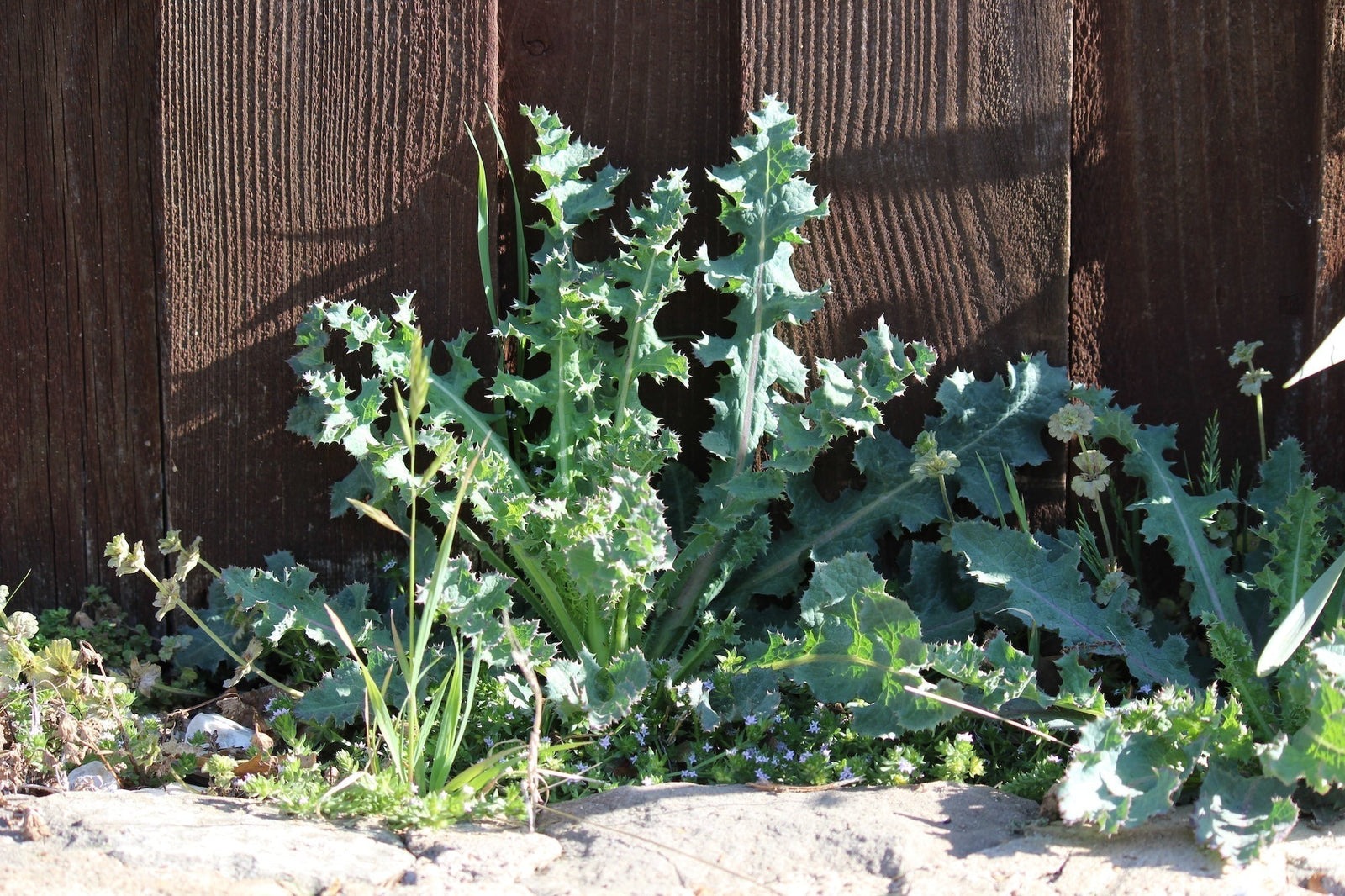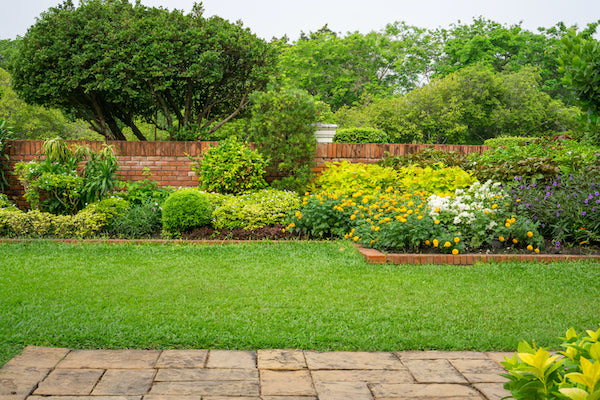
The key to prevention is to apply an herbicide early!
In southern California, the major germination period for both crabgrass species is from January 15 to early April, depending on the temperature, and seeds continue to germinate throughout spring and summer. While germination is early in warm winter areas, growth is slow during spring months until mid-May. In June and July the plants produce tillers and shoots, and flower in late July and August. In the absence of a frost, crabgrass may overwinter in warm areas or during warm winters and produce new growth and a second crop of seed in spring or early summer.
Crabgrass is one of the more irritating lawn weeds, but it’s not as hard to control as you might think. An annual weed, crabgrass seeds begin germinating in early spring. The trick in controlling it is to start early and apply a pre-emergent herbicide before the seeds have a chance to germinate. Bonide® Crabgrass Preventer is a pre-emergent herbicide for control of crabgrass and other annual weeds in turf. For many mild-winter areas, starting early means starting now.


Crabgrass seedlings

Crabgrass Plant

Crabgrass growing amidst other grass
Controlling Crabgrass after Germination
Control crabgrass when it turns red. Around August, you have another chance to control crabgrass – this time when it goes red in color but before it sets seed. Use a product such as Bayer All-in-One Lawn and Weed & Crabgrass Killer. Be sure to follow the directions on the package and not to use these products in the middle of a hot day. Water deeply the day before use, and then avoid watering again as long as possible. For best results pull out the clumps after they die. (Another possible control is to spot-treat with glyphosate, but it will kill anything it touches so only use in areas you want to kill!)
Visit your local Grangetto’s and speak with a Garden Pro to discuss your lawn weed issues!



